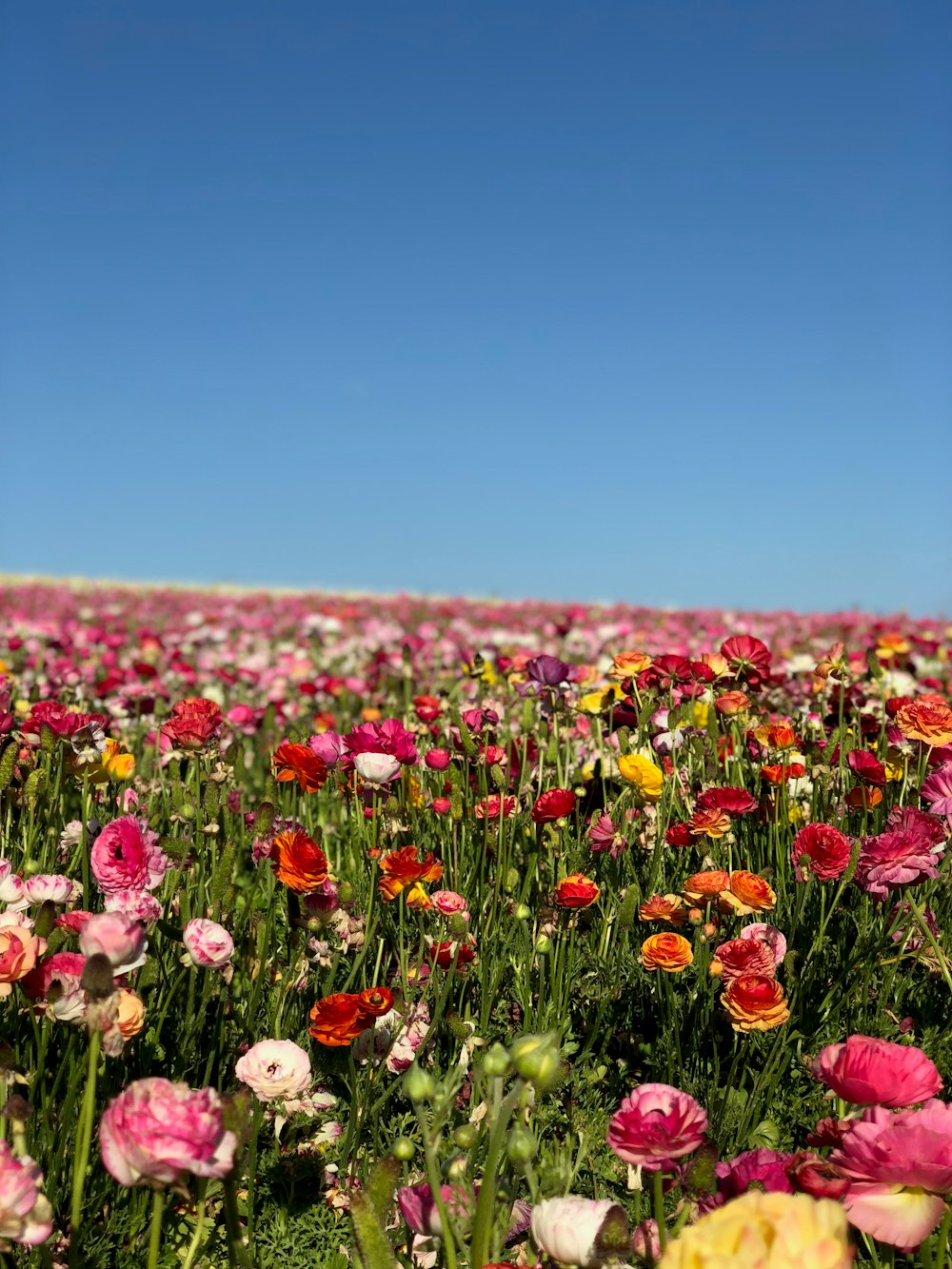I feel as though (many) natural things display signs of disorder or randomness while (many) human-designed/built things display signs of order, as we have dictated precisely where and how we want to place something. In this way, I feel as though flower fields or gardens exhibits effective complexity because planted by humans, they have specified growth locations, and are trimmed to the desire of the gardener. Many can be placed in rows or in specific grid structures, which is total order. However, I also feel like many naturally growing foliage have a mind of it's own and after the initial set up (planting the seed), so long as it does not cross a certain boundary, the plants are allowed to grow however they want.
Because most human planted flowers/trees/etc do have designated areas, I think this selection sits a little closer to total order. Due to the way that plants grow, I think there is an inherent degree of disorder (if left unmanaged by humans). Though, this also depends a little on the type of garden:

Somewhat in between -- the flowers/trees aren't allowed to (really pass into the concrete path (though it does, a little), but it also grows with a degree of disorder (leaning towards the path, not being completely straight/perpendicular to the ground).

Much closer to total order; very organized with extremely even paths; in the distance, the colors are very distinguishable from each other.
Although they are all the same breed, the colors of the flowers show a degree of randomness and disorder.
The Problem of Dynamics: Must generative art change over time while being exhibited to an audience?
The dynamism of a generative art piece is very subjective; I don't think that adding time as a factor necessarily increases it. To be considered generative art, it doesn't need to change over time -- as some art may be missed by the user, and while this is valid for art, I don't think this is an effect of generative art -- but I think that art that changes over time can certainly be considered generative.
As generative art is "autonomous", I think that the way the art is produced should be able to produce different art each time it is used (so it is not repeating / looping) but because the art must be created, recorded, started/stopped at some point, I do not agree that the art must change over time as it is being exhibited. It is only the point of creation do I think it should be able to change (not necessarily is changing, as this is up to the discretion of the creator, but simply has the ability to change).
